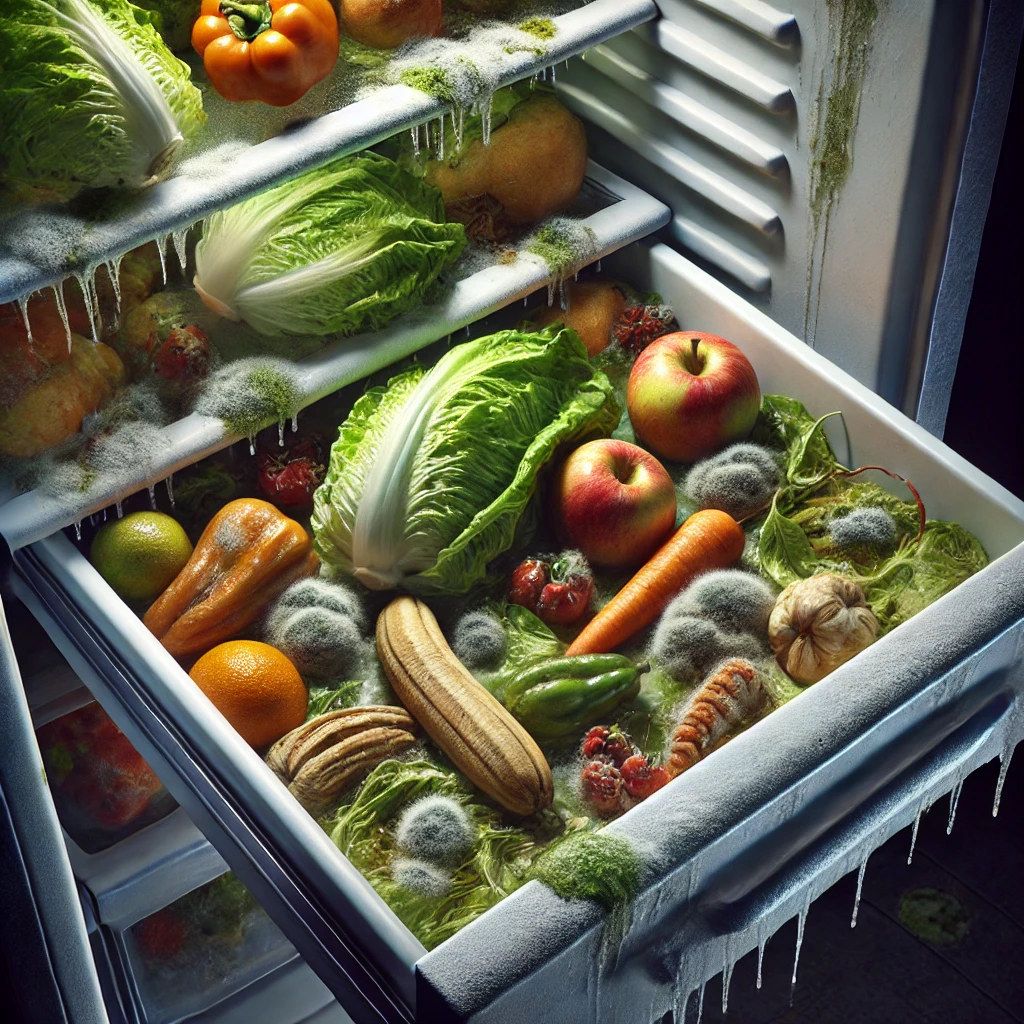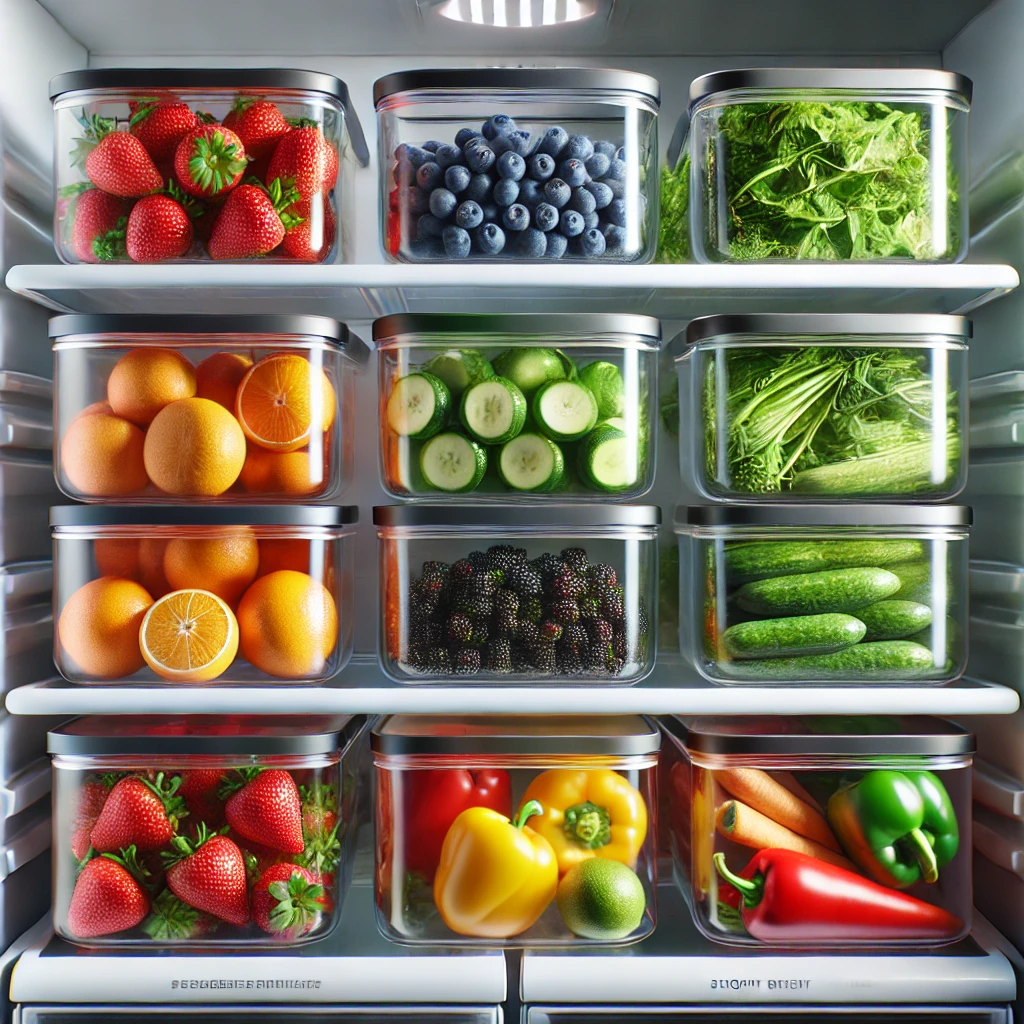"The Crisper Drawer of Death"- Where Produce And Your Money Goes To Waste
- christina0058
- Jan 3
- 3 min read
Have you wasted a trip to your dream destination (Bora Bora) on the amount of money that you've spent on wasted produce in your lifetime?
At Room For Health, our mission is to help you create lasting, long-term improvements in your health that extend well beyond the time you spend with us. One way we accomplish this is by transforming relationships with food. While everyone’s journey is unique, a common challenge we’ve observed is what we affectionately call the "Crisper Drawer of Death."
This notorious part of the refrigerator often becomes a graveyard for forgotten produce. You buy fresh fruits and vegetables with the best of intentions, only to let them sit unused until they spoil. This cycle of waste doesn’t just hurt your wallet – it can also derail your efforts to lead a healthier lifestyle.
Studies show that households waste an average of $1,500 worth of food per year, much of it fruits and vegetables that go uneaten. Not only is this financially draining, but it also has significant environmental implications, contributing to greenhouse gas emissions and wasting precious resources like water and energy.
Fresh produce is a cornerstone of a balanced diet. Fruits and vegetables are rich in essential nutrients, fiber, and antioxidants, which help reduce the risk of chronic diseases such as heart disease, diabetes, and certain cancers. Consuming a variety of colorful produce supports your immune system, boosts energy levels, and promotes overall well-being. But to reap these benefits, you need to make sure the produce you buy doesn’t end up in the trash.
A Simple Solution: Prep Your Produce And Invest In Airtight Glass Containers!
One of the most effective ways to combat produce waste and ensure you’re eating the nutritious foods you buy is to set aside time to prep your produce immediately after purchase. Here’s how:
Wash and Dry: Start by washing your fruits and vegetables thoroughly to remove any dirt or contaminants. Make sure to dry them completely to prevent premature spoilage.
Use Glass Containers: Transfer your cleaned and prepped produce into clear glass containers. Not only do these keep your produce fresh, but seeing your colorful fruits and veggies in plain view also serves as a visual reminder to incorporate them into meals and snacks. Lettuce is no exception!
Chop and Portion: If possible, chop your vegetables into ready-to-use portions. For example, cut carrots into sticks, chop broccoli into florets, or slice bell peppers. This makes it easier to grab and use them when cooking or snacking.
Label and Organize: Use labels or designate specific shelves in your fridge for prepped produce. This way, you’ll know what needs to be used first and reduce the likelihood of forgetting about it. We recommend actually not using the drawer and putting this right on a top shelf. Humans are visual creatures—what we see is what we’re drawn to, so keeping vibrant produce in clear view can turn healthy eating from a chore into a craving
The Bottom Line
Small, consistent steps like prepping your produce can make a big difference in your health journey. At Room For Health, we’re here to support you in making these changes and creating habits that last a lifetime so you look and feel great for that trip to bora bora! Together, we can turn those forgotten greens in the crisper drawer into vibrant meals that nourish your body and mind.
Bonus: The Benefits of Airtight Glass Containers Explained
If you are still reading check this out!
Examples Of Typical Freshness Extension
Leafy Greens: Washed, dried, and stored in glass containers with a paper towel to absorb moisture can last up to 7-10 days, compared to 3-5 days in the crisper drawer.
Carrots and Celery: Stored in water in glass containers can stay crisp for 2-3 weeks, whereas they often soften within 1-2 weeks in the crisper drawer.
Berries: Washed, dried, and stored in a vented glass container can last 5-7 days, compared to 2-4 days in their original packaging.
Broccoli and Cauliflower: Stored in glass containers can remain fresh for 10-14 days, compared to 7-10 days in the crisper drawer.
Why Glass Containers Work Better
Visibility: Clear containers let you see what you have, encouraging you to use the produce before it spoils. Remember umans are visual creatures—what we see is what we’re drawn to, so keeping vibrant produce in clear view can turn healthy eating from a chore into a craving
Moisture Control: Glass containers can be paired with absorbent materials (like paper towels) or have adjustable vents, helping to control humidity levels better than a crisper drawer.
Sealed Environment: Properly sealing produce in containers reduces airflow and oxidation, which slows spoilage.
***While the exact lifespan varies by produce type and fridge conditions, glass containers significantly help reduce waste by extending freshness and ensuring better accessibility to the items you’ve prepped.






Comments